I have been trying to tune a neural net for some time now but unfortunately, I cannot get a good performance out of it. I have a time-series dataset and I am using RandomizedSearchCV for binary classification. My code is below. Any suggestions or help will be appreciated. One thing is that I am still trying to figure out how to incorporate is early stopping.
EDIT: Forgot to add that I am measuring the performance based on F1-macro metric and I cannot get a scoring higher that 0.68. Another thing that I noticed is that the more parameters I try to estimate at once (increase my grid), the worse my scoring is.
train_size = int(0.70*X.shape[0])
X_train, X_test, y_train, y_test = X[0:train_size], X[train_size:],y[0:train_size], y[train_size:]
from numpy.random import seed
seed(3)
from tensorflow import set_random_seed
set_random_seed(4)
from imblearn.pipeline import Pipeline
def create_model(activation_1='relu', activation_2='relu',
neurons_input = 1, neurons_hidden_1=1,
optimizer='adam',
input_shape=(X_train.shape[1],)):
model = Sequential()
model.add(Dense(neurons_input, activation=activation_1, input_shape=input_shape, kernel_initializer='random_uniform'))
model.add(Dense(neurons_hidden_1, activation=activation_2, kernel_initializer='random_uniform'))
model.add(Dense(2, activation='sigmoid'))
model.compile (loss = 'sparse_categorical_crossentropy', optimizer=optimizer)
return model
clf=KerasClassifier(build_fn=create_model, verbose=0)
param_grid = {
'clf__neurons_input':[5, 10, 15, 20, 25, 30, 35],
'clf__neurons_hidden_1':[5, 10, 15, 20, 25, 30, 35],
'clf__optimizer': ['Adam', 'Adamax','Adadelta'],
'clf__activation_1': ['softmax', 'softplus', 'softsign', 'relu', 'tanh', 'sigmoid', 'hard_sigmoid', 'linear'],
'clf__activation_2': ['softmax', 'softplus', 'softsign', 'relu', 'tanh', 'sigmoid', 'hard_sigmoid', 'linear'],
'clf__batch_size': [40,60,80,100]}
pipe = Pipeline([
('oversample', SMOTE(random_state=12)),
('clf', clf)
])
my_cv = TimeSeriesSplit(n_splits=5).split(X_train)
rs_keras = RandomizedSearchCV(pipe, param_grid, cv=my_cv, scoring='f1_macro', refit='f1_macro', verbose=3, n_jobs=1,random_state=42)
rs_keras.fit(X_train, y_train)
print("Best: %f using %s" % (rs_keras.best_score_, rs_keras.best_params_))
from sklearn.metrics import classification_report, confusion_matrix
y_pred=rs_keras.predict(X_test)
clfreport = classification_report(y_test, y_pred)
cm = confusion_matrix(y_test, y_pred)
print (clfreport)
print (cm)
scores_test = rs_keras.score(X_test,y_test)
print ("Testing:", scores_test)
